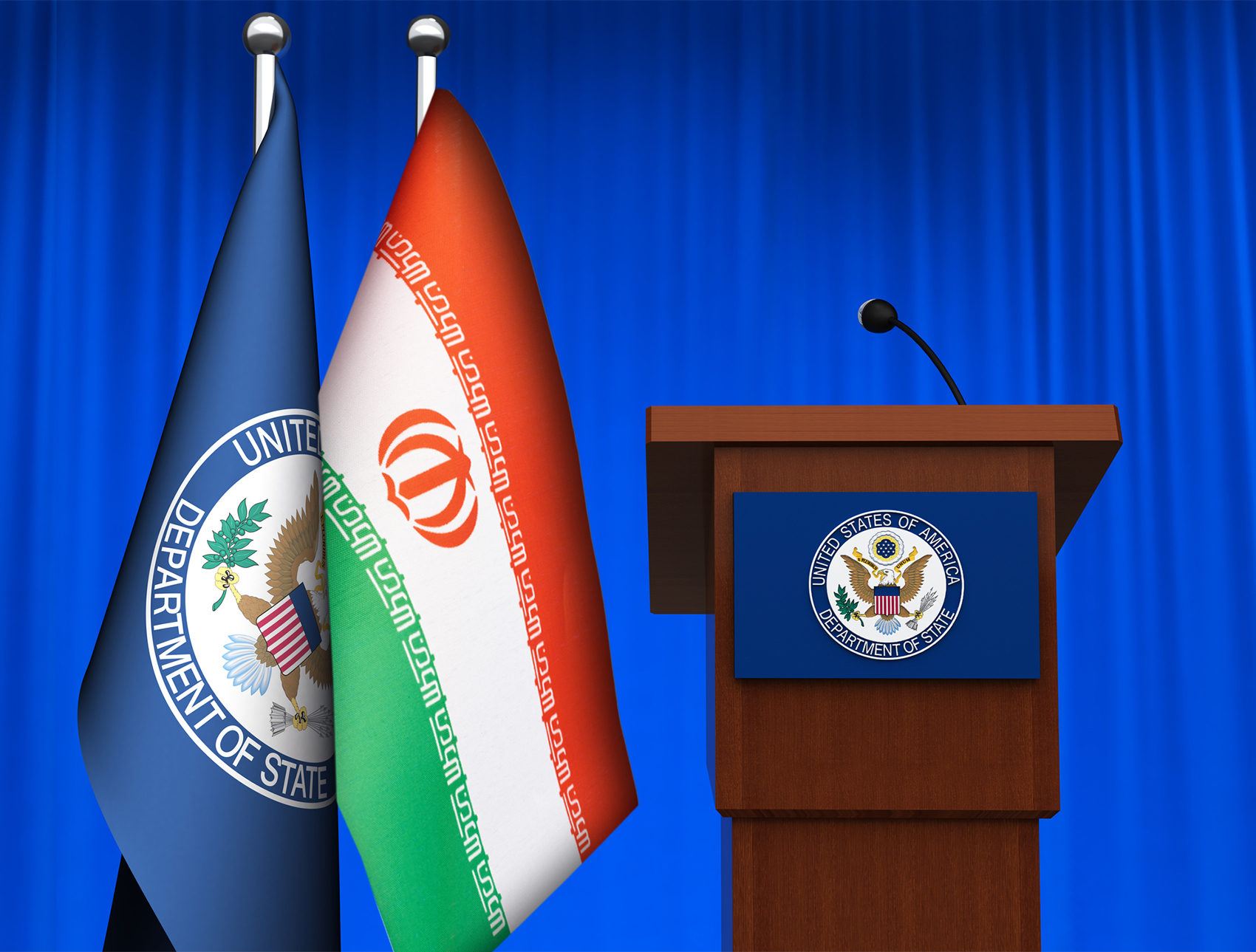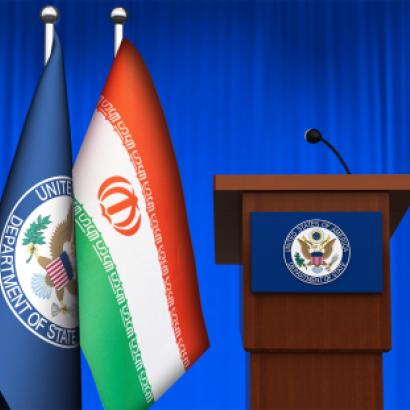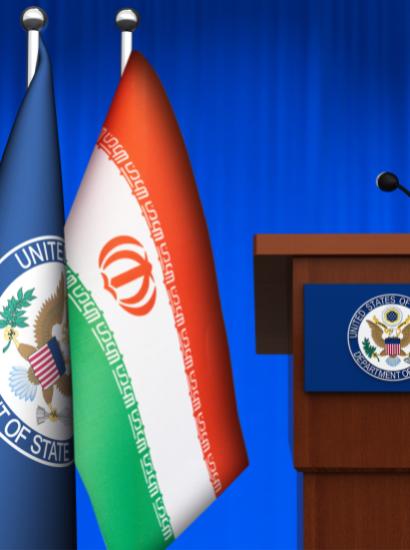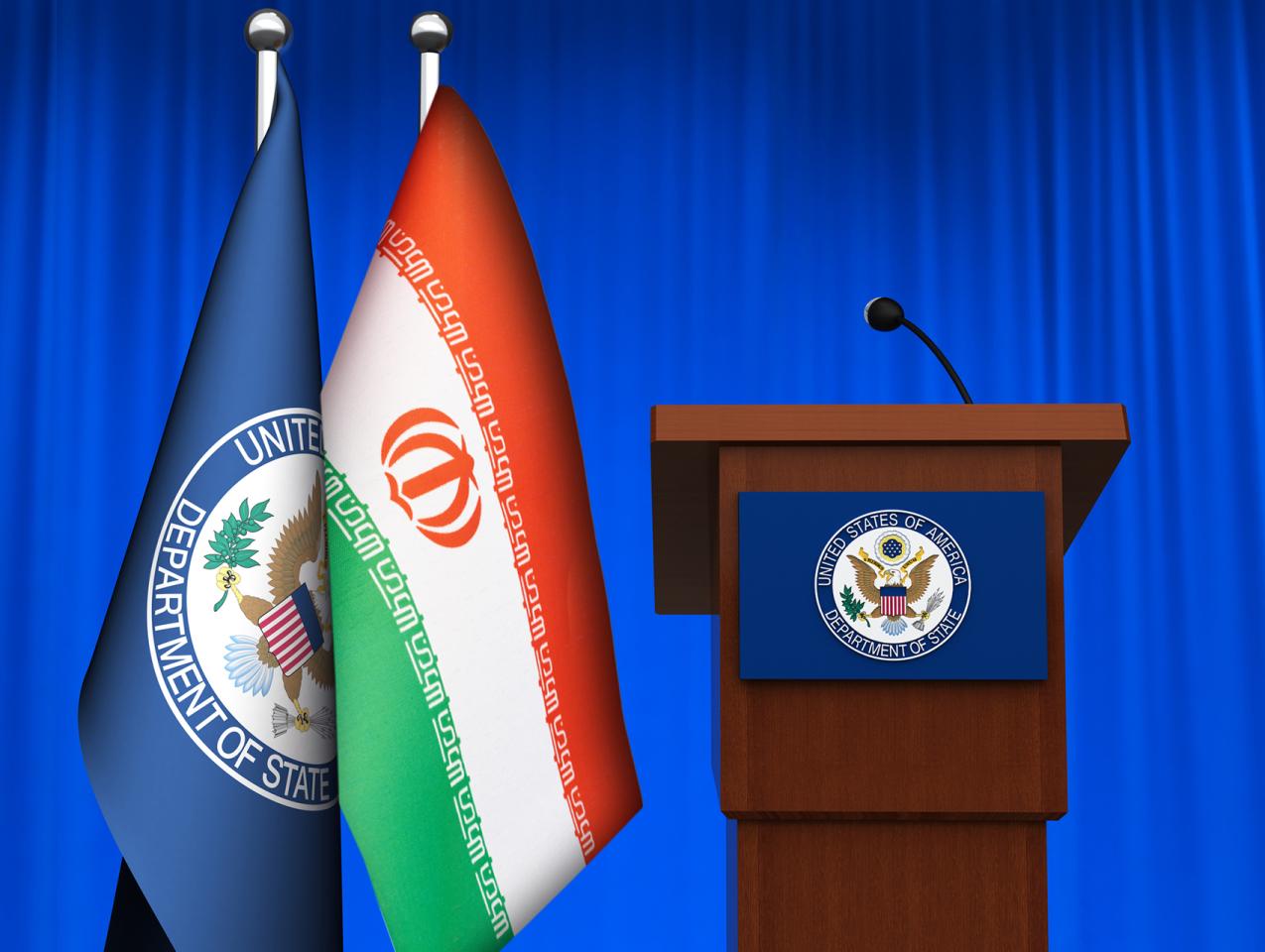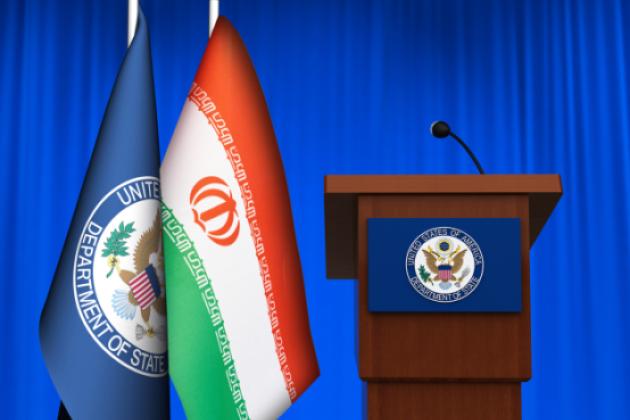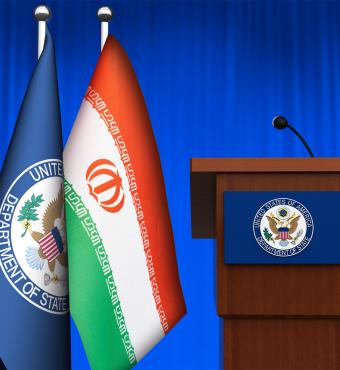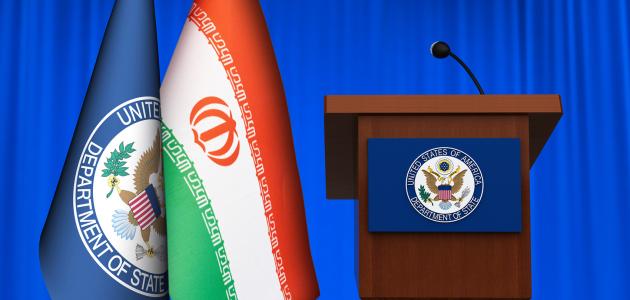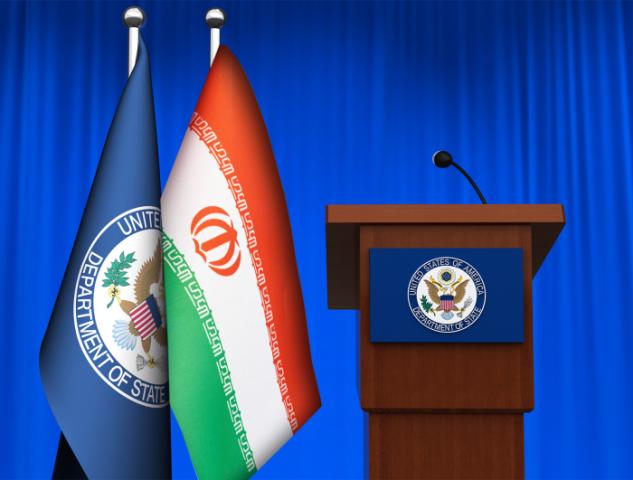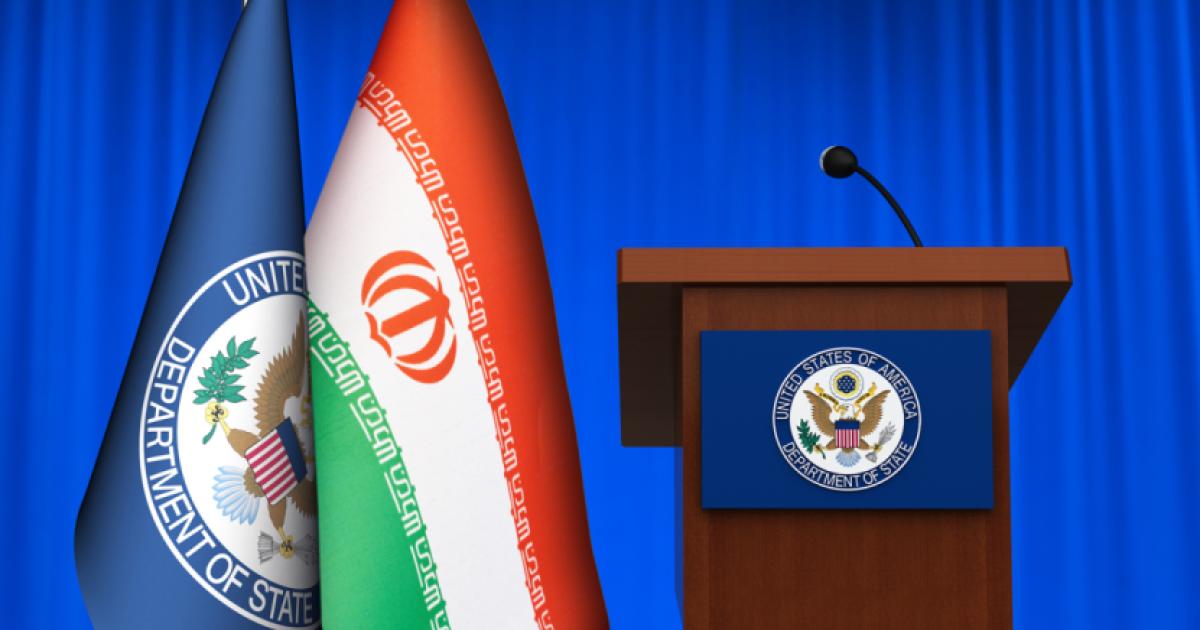- International Affairs
- Middle East
- Determining America's Role in the World
As the Global War on Terror spotlighted the need for profound change in the State Department, so now, the threat from Iran demands a new approach. Post 9/11, gone were the days of marble-and-mirrored drawing rooms and European negotiations under chandeliers, and in came expeditionary diplomacy. Facing an unconventional foe like al-Qaeda it was necessary for State Department officers to move beyond state structures and negotiate with non-governmental stakeholders, especially rural and tribal leaders who held some semblance of authority in lawless areas and influence over the potential population base. Just as the al-Qaeda attacks on September 11 necessitated that State adopt a new form of diplomacy, so the threat from Iran urgently requires that its style of diplomacy change as well. We could call this parliamentary diplomacy, engagement of individuals rather than institutions, with the goal of halting and reversing Iran’s capturing of governing apparatus in states in the region.
America’s wars on terror did produce some successes. It is telling that twenty years on, violent Salafism has been nearly totally expended as a political force in the Middle East, or at least the Levant. In Iraq and Syria, Salafist radicals still exist but have no ability to resurrect their mass irredentist Sunni followings that poised them on the brink of power. There is no military victory or complex attack spectacular enough to revive their fortunes as a legitimate opposition body to the status quo regimes of the Muslim world.
There are, however, new types of threats, or rather extant types of threats that have become more powerful as political Salafism declined. There are the different shades of the Muslim Brotherhood, most terrible in Hamas and its October 7 attacks, but most of all there is Shia Iran and its clients, which more than any other faction in the Middle East has grown powerful and potentially regionally dominant over the past twenty years. Not only did the US terrorism campaigns implicate Iran’s traditional enemies in the Middle East, Saudi Arabia, and its allies, but they removed hostile autocratic regimes at a blow, most helpfully Saddam Hussein.
The removal of Saddam in 2003 was followed by other welcome developments. The abrupt withdrawal of US forces from Iraq removed a counterbalance for Iraqi politicians looking to hedge against their neighbor and allowed Iran to consolidate its influence in the state. As the threat of ISIS grew, the United States turned its eye away from the codification of Iraqi militias – like in Lebanon – into state institutions. Regionally, this growth in Iranian strength was exacerbated by a failure to remove Assad in the regime’s darkest days of the Syrian civil war, in 2011-2012, when Alawite control hung by a thread. The Syrian rebels’ lack of great power support and the historically unprecedented introduction of uncontested Russian combat power ended that opportunity. And then the Iranian nuclear deal, inconceivably, had the effect of fortifying the Iranian economy, protecting it from strategic sectoral sanctions. At the tactical level, it also ensured that the IRGC-linked entities that were both used to project power abroad through proxies and also bolster the nuclear program could no longer be sanctioned.
Iranian influence did not obviously advance by conventional invasion, with flags flapping and the Internationale playing in conquered capitals of formerly adversarial nations. Rather, it advanced by proxy war, or at least through proxy forces and their associated threat. Strung together and empowered by the IRGC’s Quds Force, Shia and Shia-linked proxies could become the dominant political entity even in countries that were not being, formally, invaded.
The hallmark of the Iranian type of invasion was aggression within intrastate conflicts. It would use a combination of political and military power at the tactical level to seize control of institutions, turning ad hoc proxy power into lawful power, leaving governments in place that were nominally friendly to the United States. At best ungoverned, at worst captured, these states would prove to be effective springboards for extending military pressure on neighboring Iranian rivals while retaining the key elements of deniability and political risk that had enabled the expansion of Iranian power in the first place. They could launch drones, missiles, and other projectiles at Iran’s regional adversaries like the United Arab Emirates and raise the cost of pursuing policy initiatives that deviated too much from Iran’s own.
Because of its historical experience, as well as the weight of bureaucratic inertia and risk avoidance, the United States has had a great deal of trouble countering this type of aggression. But that it needs to, urgently, is beyond doubt. If Iran employs military power to capture a state like Iraq or Lebanon and use it to subdue both internal enemies and external rivals, then certainly that aggression needs to be countered and reversed, if possible. Particularly if, as now, those states constitute a bloc that has a claim to being the dominant political entity in the region.
To date, the US has settled into two basic policy responses to these Iranian campaigns within states. It responds tactically when it is attacked militarily, by the proxy group that is closest to the attack and also has the least political baggage. This is, for instance, why the United States would always rather strike the Syria-focused group Harakat al-Nujaba, rather than the Iraq-focused group Asaib Ahl al-Haq (AAH), which has a political party and constituency. It is the element of political risk, not their military capabilities, that makes these entities powerful. They deter US response through America’s fear of both military retaliation against itself as well as political retaliation in being ejected from the country.
The second, more favored option is to treat the captured or contested state as a normal state, and work through the institutions of government like the parliament, judiciary, ministry of defense, and army. The US engages senior officials in these organizations, holds senior bilateral dialogues, and above all seeks to strengthen the country’s armed forces. The hope is usually that as the national army grows its capabilities it will replace the militia forces in areas that lack security, or even in the case of a confrontation be able to impose its will on them. They never do.
The core weakness of the United States in competing for institutions is that it cannot translate its massive strategic advantages over Iran into a tactical advantage. Codifying Iranian influence within a state is done politically, and US diplomats are traditionally not political actors. Despite the vast benefits a US partnership can offer an allied state, the United States cannot offer an allied politician virtually any benefits. It cannot bribe them; it cannot, usually, promise them visas (and it wouldn’t want to remove said politician from the political arena anyway); and most importantly it cannot kill or intimidate them. Any Iraqi parliamentarian knows that when there is a knock on the door in the middle of the night it is unlikely to be the US ambassador. It is very likely, however, to be Iran or its agents.
Iran has precisely the opposite situation: it is weak strategically but tremendously powerful tactically, in terms of influencing individual behavior. Iran will indeed kill recalcitrant political actors, and every Iraqi believes it. Iran will certainly bribe, arm, and protect friendly actors. In Iran, every helpful politician has a friend. That is a tremendous advantage in these intrastate fights for influence with the US.
The United States cannot and must not act the same way at the sharp end. But its diplomats absolutely need to mirror some of Iran’s other practices in contested states like Iraq: that of treating institutions and parties as a collection of competing individuals all of whom are being incentivized to cooperate or oppose the United States. Our diplomats must be visiting parliamentarians, civil servants, judicial officials, striking political deals, incentivizing favorable behavior, threatening when they need to, withholding at an individual level when it is effective.
This would be parliament diplomacy, played out as if the United States were one more actor in a chaotic and kinetic contested system. It would also require some new tools, such as a political fund to mirror the military’s CERP (Commander’s Emergency Response Program) , which allowed on-the-spot tactical disbursement of funds. A new willingness to support friendly non- and semi-state armed actors would be helpful as well, allowing more reliable military counterweights to Asaib Ahl al-Haq and its like. Both are desperately necessary.
Of course, such actions would detract from the institutional legitimacy in places like Lebanon and Iraq. But Iran is corrupting these institutions already. Some have already been lost, and the security of the region is at stake. There should be room for a new approach: a State Department not of striped pants, and not of T.E. Lawrences, but of ward heelers, political actors in their own right. Such was US policy during the Cold War in countries like Italy and Greece, no holds barred, and no nukes launched. We should remember those lessons.
Dr. Andrew Peek is the National Security Advisor for Rep. Mike Waltz (R-FL) and a practitioner in residence at the University of Southern California. Dr. Peek earlier served as an Army intelligence officer in Afghanistan, managing intelligence and special operations issues for General John Allen.







